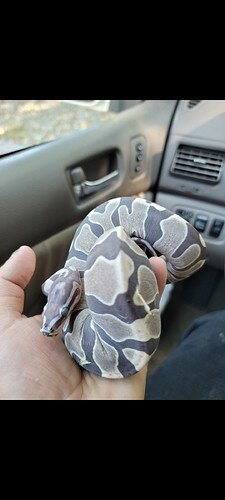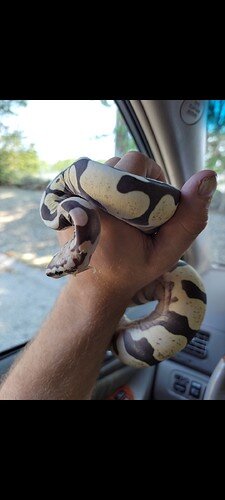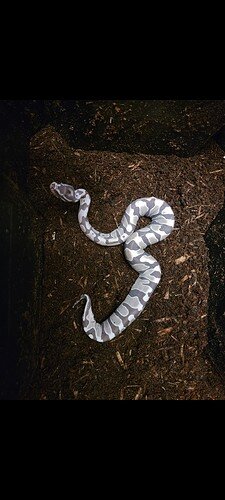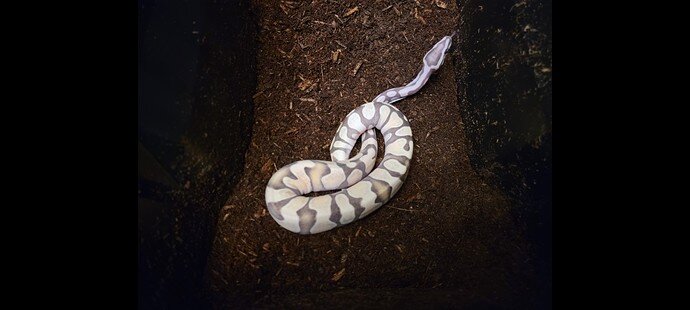I was able to find an individual with a 1300 gram female and pick their brain for a few minutes (closer to an hour), here is what i found out:
Best humidity they found was 60% humidity, best achieved by using a humidifier in the room the snake is kept.
Waterbowls the snake can fit in are OK, but should not be filled above 1/3rd, as you dont want it to overflow if the snake soaks.
Snake should not be allowed to soak for an extended period of time, nor should it be in contact with moist substrate. Over moisturizing the skin with too much direct moisture contact can cause overshedding (shedding more than one layer of skin at a time) leading to possible open wounds where too much skin sloughed off.
They CAN be fed live if absolutely necessary, but CANNOT be done so without direct supervision every single time to ensure a clean strike. If the strike isnt clean, you need to control the rats head so it cannot bite the snake and hope it is not able to scratch the snake if it isnt fully coiled correctly. It is best as an absolute last resort if the snake simply refuses to eat.
Because of the overshedding issues if there is too much moisture, they recommended using “reptizorb” liners. The enclosure must be checked daily to ensure no moisture has permeated the liners. If it has become wet from water, replace it and allow the wet liner to air dry. If it is wet from waste, replace it with a sanitary one and toss the bad one.
Controlled soaks can help if you need to help them shed, and there will be many times it is needed since there are no scales to help hold the shed together. It isnt needed every shed, but be sure to check and ensure the snake does not need help. Bag balm can be used to help assist shed as well, but isnt necessary for constant care, or at least they noticed no difference using it past just when shedding is needed.
With this new information, i have added a 1 inch thick layer of dried sphagnium moss on top of the moist soil to keep my snakes from being in contact with the moist soil. The moss is pourus enough to let the humidity rise up from the soil, but thick enough to keep my snakes dry until i can get the recommended bedding.
Once i get my snakes into proper PVC enclosures, i want to try having a partion where i can keep a bioactive soil mix seperate from the snake, but in such a manner it keeps the tanks humidity elevated. But for now i am going to take the advice i received and play it safe until they are out of the quarantine tubs and into their permanent enclosures. I hope this updated info helps others out 
Will add more updates as i find out more, i wish i had a spot with all related info in one place when i was looking haha.




